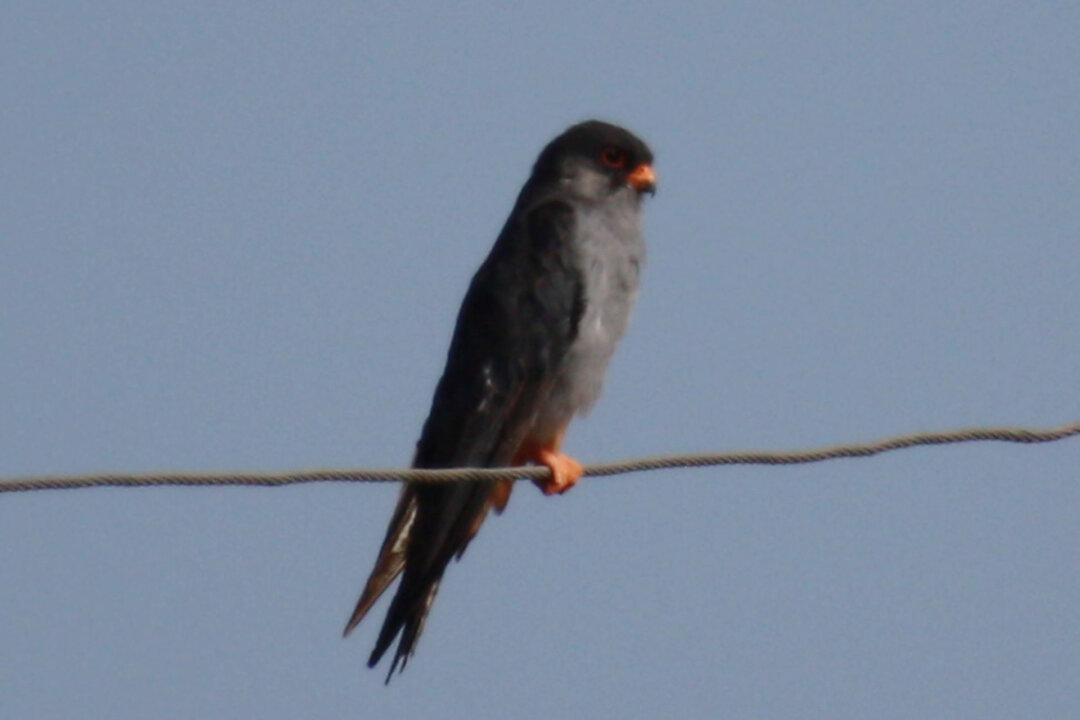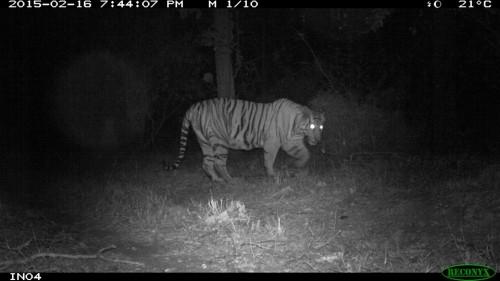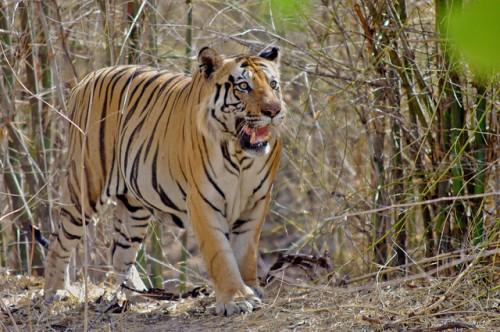The early morning hubbub in Pangti village of Nagaland’s Wokha district came to a standstill when the villagers stopped to greet the first flock of Amur Falcons arriving in the North eastern state. The 100 or so birds arrived on 8th October, marking the beginning of this year’s migration season. What was once a death knell for thousands of these migrating birds has now transformed into one of the most successful community driven conservation stories in the world.
Amur falcons roost in millions in the Doyang reservoir area of Nagaland between October and November while migrating from eastern Russia and Mongolia to South Africa. The falcons travel up to 22,000 km a year—known to be one of the longest distance migration of birds.
The first flock arrived this year at around 5 am and were later seen flying over the Doyang Reservoir—their favorite roosting area for more than a month before resuming their journey to their final destination—South Africa.
Wild Massacre
In 2012 Conservation India, highlighted the plight of Amur Falcons when thousands of these birds were shown to be killed for meat by local hunters. The tragic pictures shook the world and within months many conservation organizations, state forest department and government initiated programmes to save and protect the birds in Nagaland.
The Amur Falcon Massacre, Doyang, Nagaland from Conservation India on Vimeo.
Nagaland Wildlife and Biodiversity Conservation Trust (NWBCT) began its ‘Friends of the Amur Falcon’ program and soon, locals began to realize the importance of saving the birds rather than killing them for the meat.
Incredibly, just a year later in 2013 no falcon deaths were reported in Nagaland showcasing one of the biggest community driven conservation success stories. The initiative won accolades from the United Nations Environment Program (UNEP)’s Convention on the Migratory Species and Animals this year.
Safe Future
The villagers today, especially children are aware and enthusiastic about welcoming these beautiful annual visitors to their state. The Nagaland government has assisted locals in erecting watchtowers and rest sheds for visitors who want to savor the sight of the falcons dotting the village skyline.
The scientific community is also eagerly awaiting the arrival of ‘Naga’ and ‘Pangti’—two Amur falcons which were satellite-tagged in Nagaland last year before they started their journey to South Africa, informed Principal Chief Conservator of Forests and head of Forest Force Nagaland, M. Lokeswara Rao.
Mr. Rao said the arrival of ‘Naga’ and ‘Pangti’ would scientifically establish the long migration route of the Amur falcons from Mongolia to South Africa via Nagaland. However, why the Amur falcons skip Nagaland on their return journey from South Africa to Mongolia will still remain a mystery.
More than a lakh Amur Falcons are easily expected to arrive soon at their favorite India stopover this year too and unlike their predecessors, they are all being guaranteed a safe passage.
About the Amur Falcon
The Amur Falcon (Falco amurensis), formerly Eastern Red-footed Falcon, is a small raptor of the falcon family. It breeds in south-eastern Siberia and Northern China, wintering in Southern Africa. Its diet consists mainly of insects, such as termites. Males are characteristically dark sooty brown with the chestnut on the vent. Females may offer a bit more confusion with a wider range of falcons as they have a typical falcon head pattern. It is not an endangered species but the mysterious migration route taken by the bird is a point of interest for many scientists and researchers who are now trying to decipher it in greater detail.
This article was originally written and published by Atula Gupta, the head administrator for indiasendangered.com. For the original story and more information, please click HERE.




